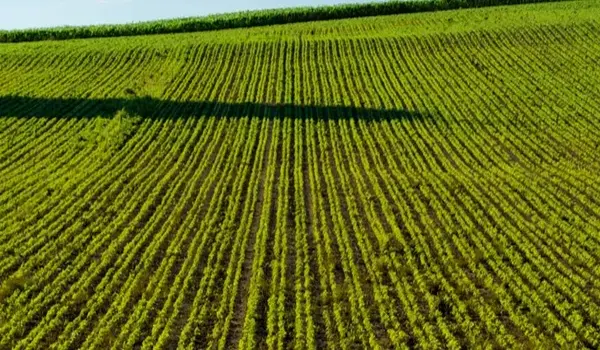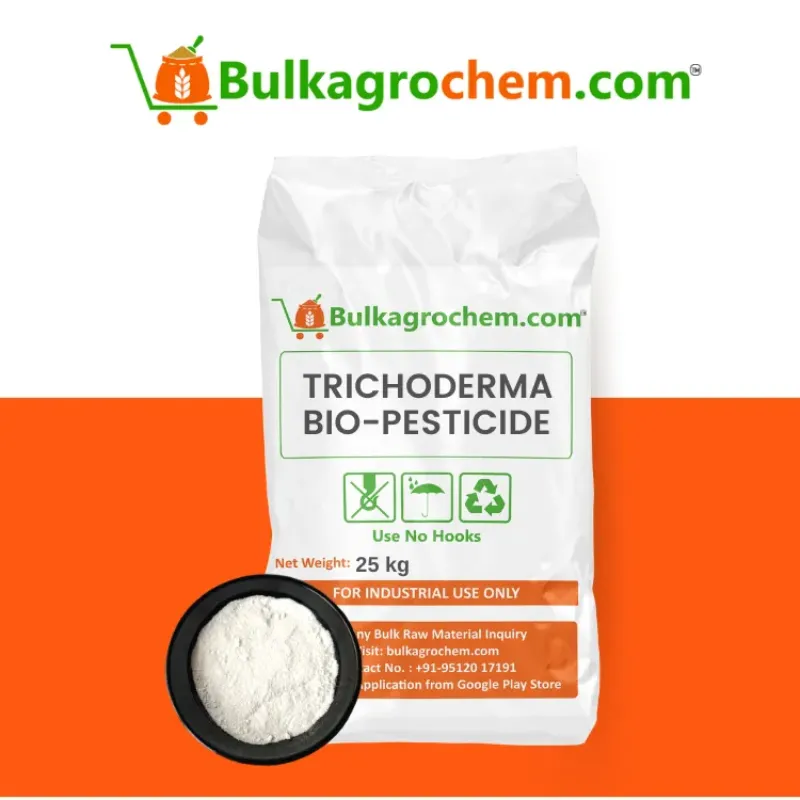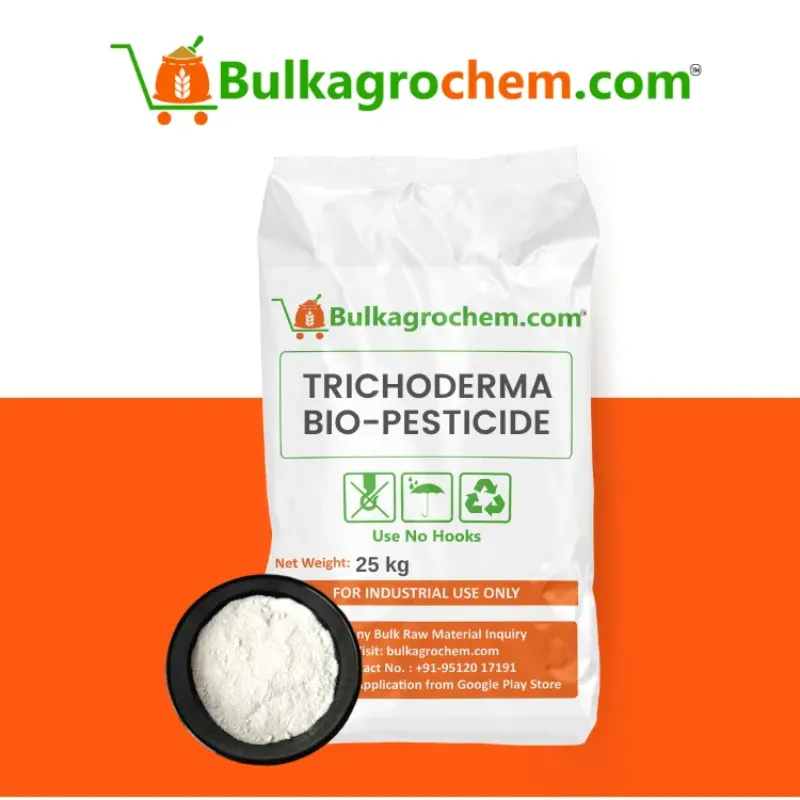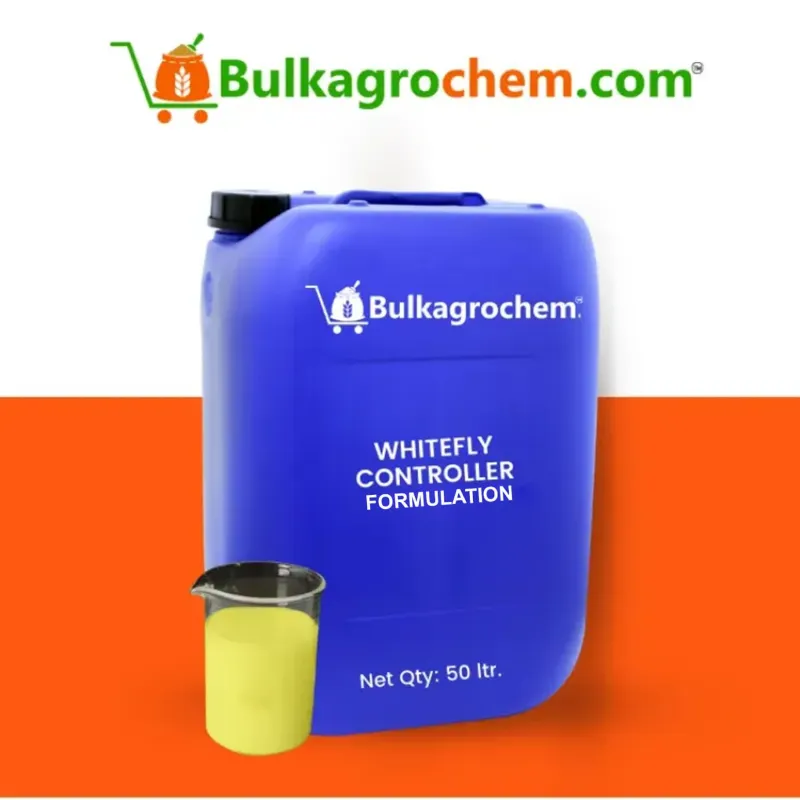Soil erosion is a significant challenge in agriculture that can lead to the loss of valuable topsoil, reduced crop yields, and environmental degradation. Erosion occurs when soil is worn away by wind, water, or other forces, carrying away nutrients and reducing the soil's fertility. Effective soil conservation practices are crucial for maintaining the health of agricultural fields and ensuring long-term productivity. In this blog, we’ll explore various strategies farmers use to prevent soil erosion and promote sustainable land management. Soil erosion happens when the top layer of soil, which is rich in nutrients, is removed by natural forces such as wind and water. This can result from heavy rainfall, strong winds, or poor land management practices. The effects of erosion can be severe, leading to decreased soil fertility, lower crop yields, and sedimentation in waterways, which can harm aquatic ecosystems. One of the most effective ways to prevent soil erosion is through the use of cover crops and maintaining vegetative cover. Cover crops are plants grown specifically to protect and enrich the soil when primary crops are not being cultivated.Understanding Soil Erosion
1. Cover Crops and Vegetative Cover
Cover Crops: Planting cover crops like clover, rye, or legumes during the off-season helps hold the soil in place with their root systems. These plants reduce soil erosion by preventing wind and water from washing away the soil. Additionally, cover crops contribute organic matter to the soil, improving its structure and fertility.
Maintaining Vegetative Cover: Keeping the soil covered with vegetation throughout the year is crucial. This can be achieved through practices like maintaining permanent grasslands or using mulch. The vegetative cover acts as a barrier against erosion and helps absorb and slow down water runoff.
By using cover crops and maintaining vegetative cover, farmers can effectively reduce soil erosion and enhance soil health.
2. Contour Farming
Contour farming is a technique where crops are planted along the contours of a slope rather than up and down. This method helps slow the movement of water across the field, reducing soil erosion.
Contour Plowing: By plowing along the contour lines of a slope, farmers create natural barriers that slow down water runoff. These barriers help prevent the soil from being washed away during heavy rains.
Contour Farming: In addition to plowing, planting crops along contour lines can further reduce erosion. This technique ensures that water is absorbed more evenly and helps maintain soil integrity.
Contour farming is particularly useful on sloped lands, where the risk of erosion is higher. It helps manage water runoff and protect the soil from erosion.
3. Terracing
Terracing involves converting a sloped field into a series of step-like levels. This method reduces the gradient of the slope and slows down the movement of water, which helps prevent soil erosion.
Construction of Terraces: Farmers build terraces by creating level platforms or steps on the slope. These terraces intercept and hold water, reducing its velocity and preventing it from carrying away soil.
Benefits: Terracing can significantly reduce soil erosion on steep slopes and improve water management. It allows farmers to cultivate previously unusable land and enhances soil retention.
Terracing is an effective method for managing soil erosion on steep terrains and improving land use efficiency.
4. Riparian Buffers
Riparian buffers are strips of vegetation planted along the edges of water bodies such as rivers and streams. These buffers play a crucial role in preventing soil erosion and protecting water quality.
Planting Riparian Buffers: Trees, shrubs, and grasses planted along waterways help stabilize the banks and reduce soil erosion caused by water flow. The roots of these plants bind the soil together and absorb excess nutrients and sediments.
Water Quality Protection: Riparian buffers also filter runoff before it reaches water bodies, reducing the amount of pollutants and sediments entering the water. This helps maintain healthy aquatic ecosystems.
By incorporating riparian buffers, farmers can protect both soil and water quality, contributing to a more sustainable farming system.
5. Reduced Tillage and No-Till Farming
Traditional tillage practices can disrupt soil structure and increase the risk of erosion. Reduced tillage and no-till farming are methods that help maintain soil integrity and prevent erosion.
Reduced Tillage: This approach involves minimizing the number of times the soil is disturbed. By reducing tillage, farmers help preserve soil structure, reduce erosion, and improve water retention.
No-Till Farming: In no-till farming, the soil is left undisturbed, and crops are planted directly into the existing soil. This method helps maintain soil cover, reduce erosion, and enhance soil health.
No-till and reduced tillage practices are effective in preventing soil erosion and promoting long-term soil fertility.
6. Windbreaks
Windbreaks are rows of trees or shrubs planted around the perimeter of agricultural fields to reduce wind speed and protect the soil.
Planting Windbreaks: Windbreaks act as barriers that reduce wind velocity, preventing the wind from carrying away soil particles. They also help reduce soil erosion caused by wind and protect crops from wind damage.
Benefits: In addition to reducing erosion, windbreaks provide other benefits, such as creating habitats for wildlife, improving air quality, and enhancing the overall aesthetics of the farm.
By incorporating windbreaks, farmers can effectively reduce wind-induced soil erosion and create a more resilient farming environment.
7. Proper Drainage Systems
Effective drainage systems help manage water flow and prevent waterlogging, which can contribute to soil erosion.
Installing Drainage Systems: Proper drainage systems, such as field ditches and subsurface drains, help direct excess water away from fields and prevent waterlogging. This reduces the risk of soil erosion caused by water runoff.
Maintenance: Regular maintenance of drainage systems is essential to ensure they function effectively. Farmers should inspect and clean drains to prevent blockages and ensure proper water flow.
Proper drainage management helps prevent water-induced soil erosion and maintains soil health.
8. Organic Matter and Mulching
Incorporating organic matter and using mulch are additional methods to prevent soil erosion and improve soil health.
Adding Organic Matter: Organic matter, such as compost or manure, improves soil structure and enhances its ability to retain moisture. This helps reduce soil erosion and increases soil fertility.
Using Mulch: Applying mulch, such as straw or wood chips, on the soil surface provides a protective layer that prevents erosion caused by wind and water. Mulch also helps retain soil moisture and reduce weed growth.
Organic matter and mulch contribute to soil erosion prevention by enhancing soil structure and providing surface protection.
Conclusion
Preventing soil erosion is crucial for maintaining the health and productivity of agricultural fields. By employing a combination of practices such as cover crops, contour farming, terracing, riparian buffers, reduced tillage, windbreaks, proper drainage, and the use of organic matter, farmers can effectively manage soil erosion and promote sustainable land use. These methods not only protect the soil but also contribute to the overall health of the ecosystem.
Implementing these erosion control strategies helps ensure that agricultural lands remain productive and resilient in the face of environmental challenges. By adopting these practices, farmers can contribute to a more sustainable and environmentally-friendly approach to agriculture, preserving the land for future generations while maintaining the productivity and health of their fields.




